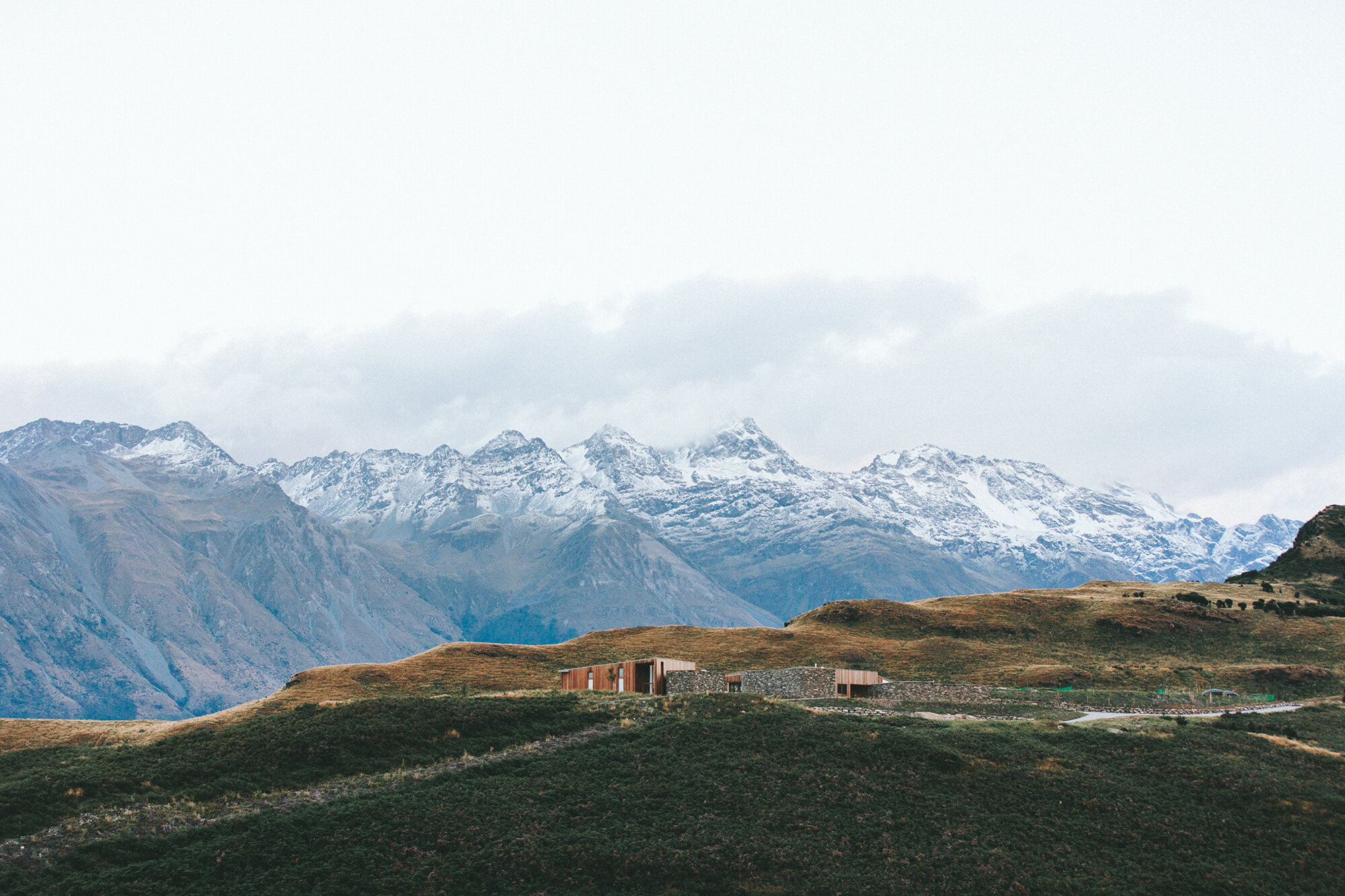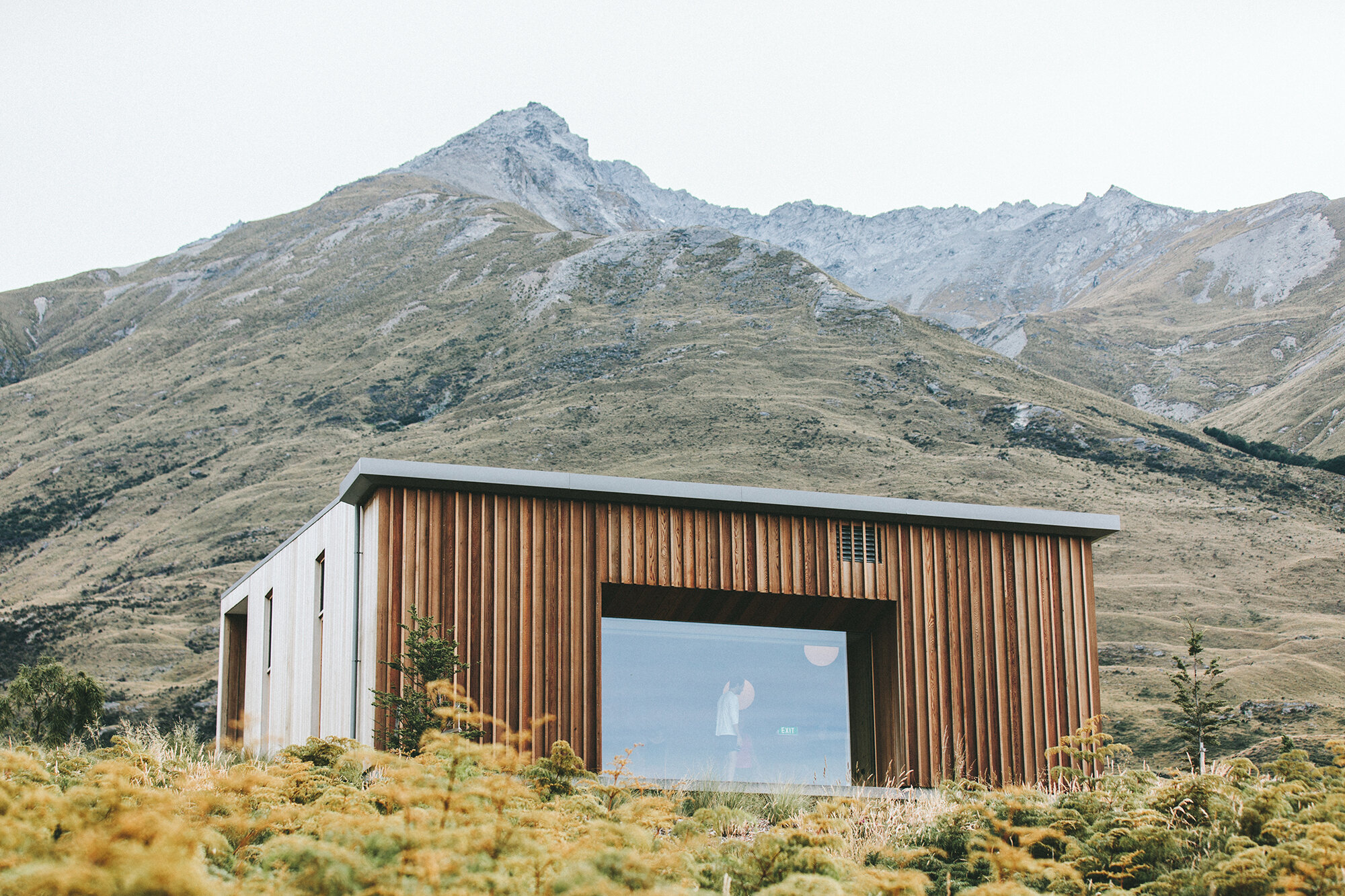Smarter Commute.
Designing places, programs, and systems for safer and more efficient urban mobility.
Client: Southeastern Pennsylvania Transportation Authority (SEPTA)
Industry: Transportation
Services: Strategy Development, Industry Research
Design Brief.
SEPTA is a regional public transportation authority that operates bus, rapid transit, commuter rail, light rail, and electric trolleybus services for nearly four million people in five counties in and around Philadelphia. FutureFogether performed a deep-dive design investigation of the system, documenting the challenges and opportunities of commuters in Philly.
Outcome.
By diving headfirst into the commuter experience, our team was able to gather valuable qualitative research on the conditions of the transportation system. These insights provided a real-world baseline upon which we could build future scenarios and propose design directions—all efforts to grow ridership and lift brand perception.
Social Impact.
Philadelphia commuter experiences determine social and economic outcomes that reverberate throughout the region. Access to reliable and safe public transportation improves the lives of millions and deserves human-centered, effective design.
Environmental Impact.
Public transportation is one of the most powerful solutions to the climate crisis. Investment and development of these systems increases ridership and the adoption of positive social behaviors.
Places First.
Public transportation is filled with spaces where the riders interact, and these interactions determine the values and culture of the system. The subway, the bus stop, and the trolley are all designed spaces which require specialized services and maintenance—they foster unique, idiosyncratic behaviors that can be shaped. We uncovered easy, effective solutions to transform these spaces to be more efficient, safe, clean, and joyful.
Waste Management.
Waste management inside a public transportation system relies on touchpoints and infrastructure that is often invisible. We identified ways to bring in design that cleans up the space and encourages positive behaviors. Clean and well-maintained stations require less maintenance in the long run—and more importantly, are safer places for commuters.


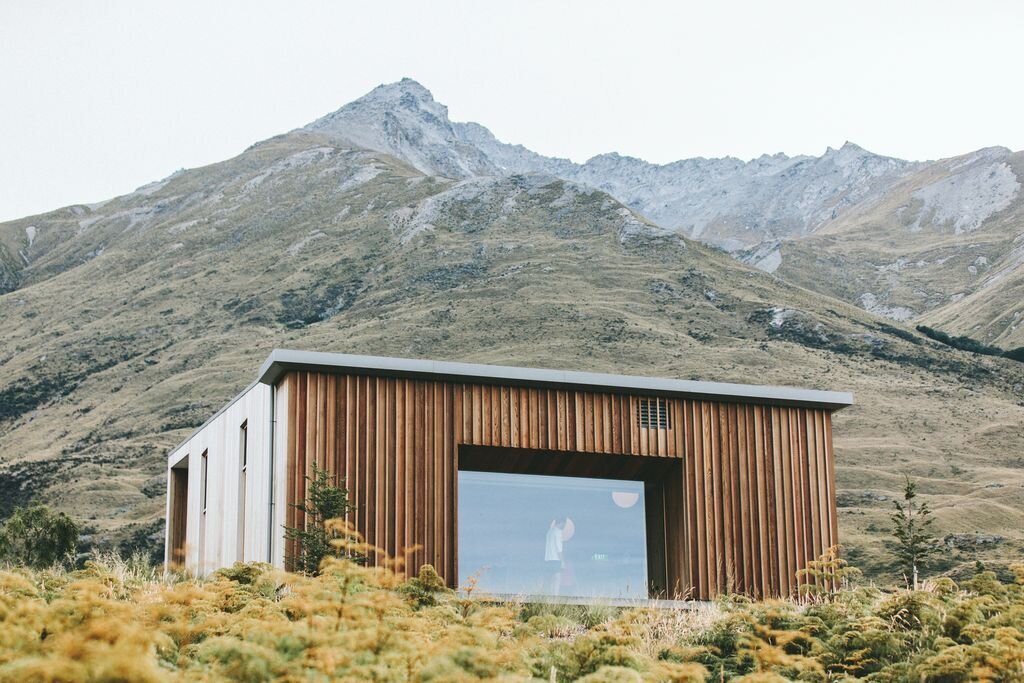

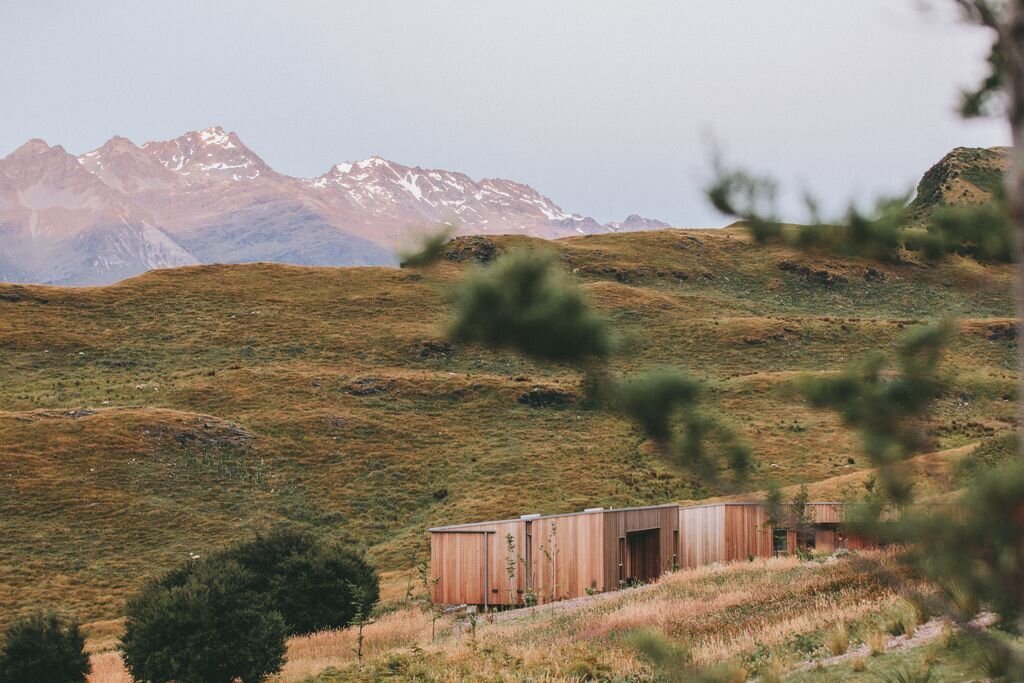
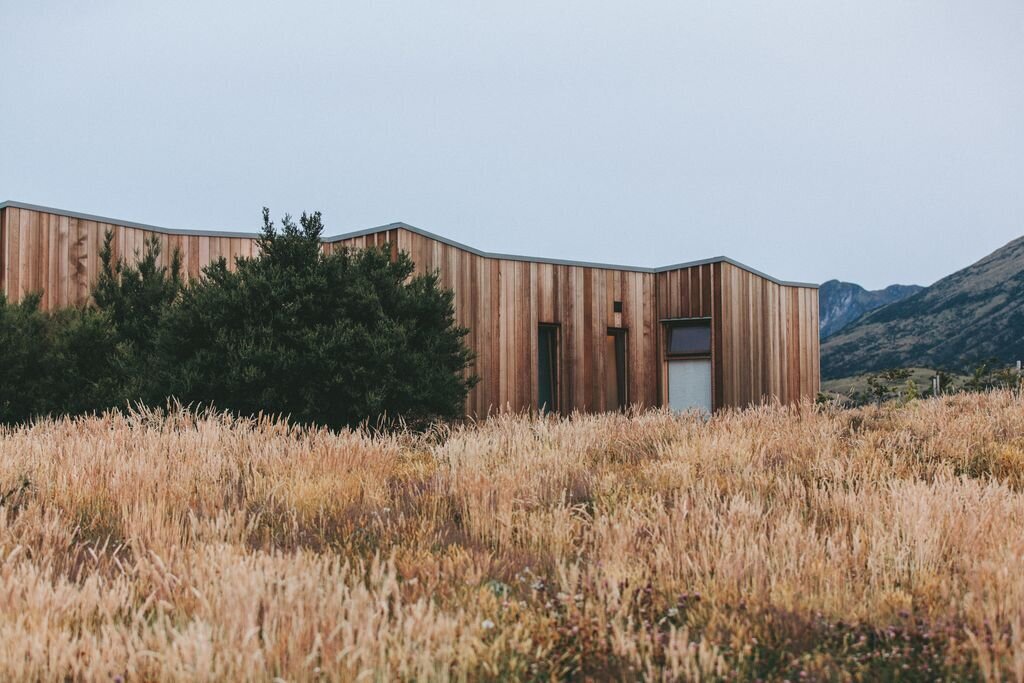
This Way Home.
Years of underinvestment and changes inside SEPTA have created a confusing and layered approach to wayfinding. We identified ways for the system to become clearer with visual hierarchy and a well-defined, friendly design language.
Links & Press.


